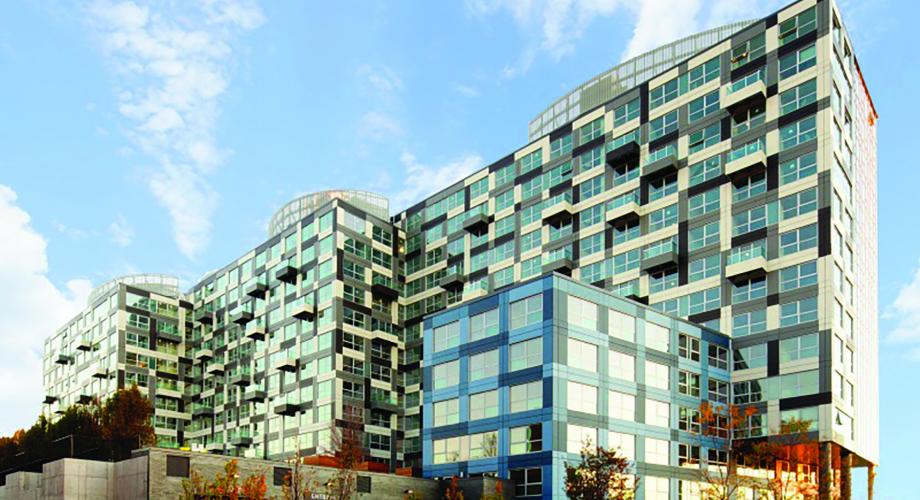Jim McGinley, Senior Vice President and Chief Development Officer, Monogram Realty Trust, discusses his company’s strategies behind Transit-Oriented Development (TOD).
What types of markets work best for transit-oriented development?
Nouvelle and ZINC reflect an overall strategy across Monogram’s portfolio of seeking out dense, vibrant coastal markets with high walk scores and enhanced connectivity to city centers and places of employment. When we’re looking to break into a new market, we look at employment trends in the area, walk scores, proximity to restaurants and retail, demographics and population density.
In Tysons Corner, Va., for example, Nouvelle is located within a short walk of the new Silver Line Station--a driving force behind the area’s evolution from an employment center to a walkable community--and with ground-floor retail, Nouvelle enhances the area’s pedestrian activity. Within a short walk, you can play, dine and shop.
Similarly, ZINC has helped drive residential momentum in Cambridge, Mass.--an area seeing a boom in redevelopment and improved connectivity to surrounding neighborhoods. ZINC is located steps away from the new relocation route of the MBTA Green line and within walking distance to attractions like the Cambridge Galleria, TD Garden and Museum of Science.
What unique challenges do TODs present?
Naturally, zoning restrictions can serve as a barrier--it’s not uncommon for developers to be confronted by change-of-use issues and density regulations that restrict or complicate multifamily use. Another issue is parking. Municipal parking codes typically require specific numbers for specific uses, and adjusting to meet those requirements can complicate the architectural design process and ultimately drive up development costs. There’s no concrete solution--each market presents its own set of challenges and opportunities--but generally speaking, when communities start proactively targeting their infrastructure investments towards transit-serviced area land uses, those challenges start to subside.
What considerations must developers make to offset potential noise problems that occur at urban-based communities?
TOD communities are typically located close to light rail stations--or offer convenient access to roadways--which reduces some of the burden on local streets. These types of locations are prone to additional background noise as a result, as is usually the case with city life. Often times, noise studies are performed to assist in the design of these communities, which may result in some architectural changes to combat that background noise for residents.
For example, some developments have opted to put the parking garage near tracks and roadways, while others might add additional STC-rated windows, doors, caulk or landscaping buffers to reduce the visual impact. Additionally, several of our communities, including Zinc and Nouvelle, either added or connected to nearby hiking and biking paths--some of these paths are not yet fully developed--but will eventually provide a nice amenity for residents and a new pedestrian path for the local community.
That in mind, at communities like Zinc, for example, we installed resident bike storage and at Nouvelle, we implemented a convenient resident bike maintenance facility. While these do add cost at the outset, they improve the resident experience and likelihood of using the rail or bike path for at least some of their transportation needs. Ultimately, it all ladders up to offering a tailored living experience to all Monogram residents.
What would consider the three most important things that a developer consider when developing a TOD?
The success of a TOD hinges on place-making. Location is key, especially when it comes to mass transit stations. They need to be easily accessible and in an area that allows mixed-use development to flourish. Green space is also important in driving pedestrian activity which in turn creates more retail value. Retail activity will generate a diversity of uses that drives traffic to the area.
